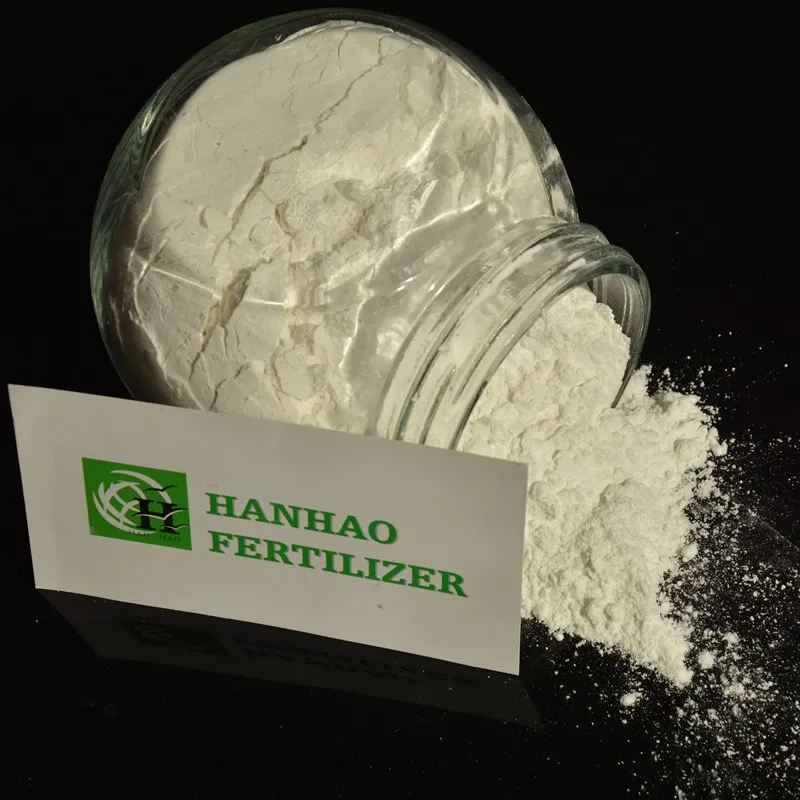
Nov . 01, 2024 01:07 Back to list
Best Phosphate Fertilizers for Growing Healthy Tomatoes in Your Garden
The Importance of Phosphate Fertilizers for Tomato Cultivation
Tomatoes are one of the most popular and widely cultivated crops around the world, known for their vibrant color, unique flavor, and nutritional benefits. To achieve optimal growth and maximize yield, it is essential for tomato growers to understand and implement effective fertilization strategies. Among the various nutrients required for tomato plants, phosphorus stands out as a critical element, making phosphate fertilizers a key ingredient in successful tomato cultivation.
The Importance of Phosphate Fertilizers for Tomato Cultivation
Phosphate fertilizers are widely available in various forms, including both organic and inorganic options. Common inorganic phosphate fertilizers include monoammonium phosphate (MAP) and diammonium phosphate (DAP), which are favored for their high nutrient content and rapid availability to plants. Organic options, such as bone meal and rock phosphate, can also be beneficial, although they may release phosphorus more slowly. Whichever form is chosen, the application should be based on soil tests to determine the specific phosphorus needs of the crop.
phosphate fertilizer for tomatoes

When applying phosphate fertilizers, timing and method of application are crucial. The best practice is to incorporate phosphate into the soil before planting, allowing the fertilizer to interact with soil particles and become readily available to the developing roots. Broadcasting the fertilizer over the soil surface can be effective as well, but it should be followed by tilling or incorporating the soil to ensure that the phosphorus is within reach of the root zone. Side-dressing during the growing season can also be beneficial, particularly if soil tests indicate a deficiency.
It is important to note that while phosphorus is essential for tomato growth, excessive application can lead to environmental issues. Over-fertilization can result in phosphorus runoff into water bodies, contributing to eutrophication and negatively impacting aquatic ecosystems. Therefore, it is vital for growers to adhere to recommended application rates and practices, ensuring that they provide sufficient phosphorus without compromising environmental integrity.
In addition to phosphate fertilizers, other cultural practices can enhance phosphorus availability in the soil. For instance, planting cover crops, such as legumes, can aid in mobilizing soil phosphorus. Additionally, ensuring proper soil pH (ideally between 6.0 and 7.0) can improve nutrient uptake, as phosphorus is most available to plants within this range.
In conclusion, phosphate fertilizers are an indispensable tool for tomato growers looking to maximize their crop yield and quality. Understanding the role of phosphorus in plant health and development, along with implementing sound fertilization practices, can lead to robust tomato plants and, ultimately, a bountiful harvest. By balancing nutrient needs with environmental stewardship, growers can ensure the sustainability of their practices while enjoying the many benefits of cultivating this beloved vegetable. Whether you are an experienced farmer or a home gardener, the strategic use of phosphate fertilizers can make all the difference in your tomato-growing endeavors.
-
10 10 10 Fertilizer Organic—Balanced NPK for All Plants
NewsJul.30,2025
-
Premium 10 10 10 Fertilizer Organic for Balanced Plant Growth
NewsJul.29,2025
-
Premium 10 10 10 Fertilizer Organic for Balanced Plant Growth
NewsJul.29,2025
-
Premium 10 10 10 Fertilizer Organic for Balanced Plant Growth
NewsJul.29,2025
-
50 Pound Bags of 13-13-13 Fertilizer for All Plants – Bulk & Organic Options
NewsJul.28,2025
-
High-Efficiency 15-30-15 Granular Fertilizer for Healthy Crops
NewsJul.28,2025
